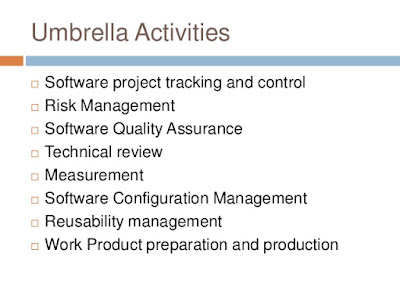Guided media
As the name indicates, in guided media
- Electrical/Optical signals are passed through a solid medium (different types of cables/wires)
- As the path traversed by the signals is guided by the size, shape and length of the wire, this type of media is called guided media. Also, in guided media, the signals are confined within the wire and do not propogate outside of the wire/media.
- E.g., Copper Unshielded Twisted Pair (UTP), Copper Shielded Twisted Pair (STP), Copper Co-axial cables, Fiber Optic Cables.
- It is the most widely deployed media type across the world, as the last mile telephone link connecting every home with the local telephone exchange is made of twisted pair copper. These telephone lines are reused as last mile DSL access links to access the internet from home.
- They are also used in Ethernet LAN cables within homes and offices.
- They support low to High Data Rates (in order of Giga bits)
- However, they are effective only upto a maximum distance of a few kilometres/miles, as the signal strength is lost significantly beyond this distance.
- They come in two variants, namely UTP (unshielded twisted pair) and STP (shielded twisted pair). Within each variant, there are multiple sub-variants, based on the thickness of the material (like UTP-3, UTP-5, UTP-7 etc.)
- E.g. DSL, 10/100/1000Mbps Ethernet cables
- Co-axial copper cables have an inner copper conductor and an outer copper shield, separated by a di-electric insulating material, to prevent signal losses.
- It is primarily used in cable TV networks and as trunk lines between telecommunication equipments.
- It serves as an internet access line from the home.
- It supports medium to High Data Rates
- It has much better immunity to noise and hence signal strength is retained for longer distances than in copper twisted pair media.
- Here, information is transmitted by propogation of optical signals (light) through fiber optic cables and not through electrical/electromagnetic signals. Due to this, fiber optics communication supports longer distances as there is no electrical interference.
- As the name indicates, fiber optic cables are made of very thin strands of glass (silica).
- As they support very high data rates, fiber optic lines are used as WAN backbone and trunk lines between data exchange equipments.
- They are also used for accessing internet from home through FTTH (Fiber-To-The-Home) lines.
- Additionally, they are used even for LAN environment with different LAN technologies like Fast Ethernet, Gigabit Ethernet etc. using optical links at the physical layer.
- OC-48, OC-192, FTTC, HFC are examples of Fiber Optical links.


Comments
Post a Comment